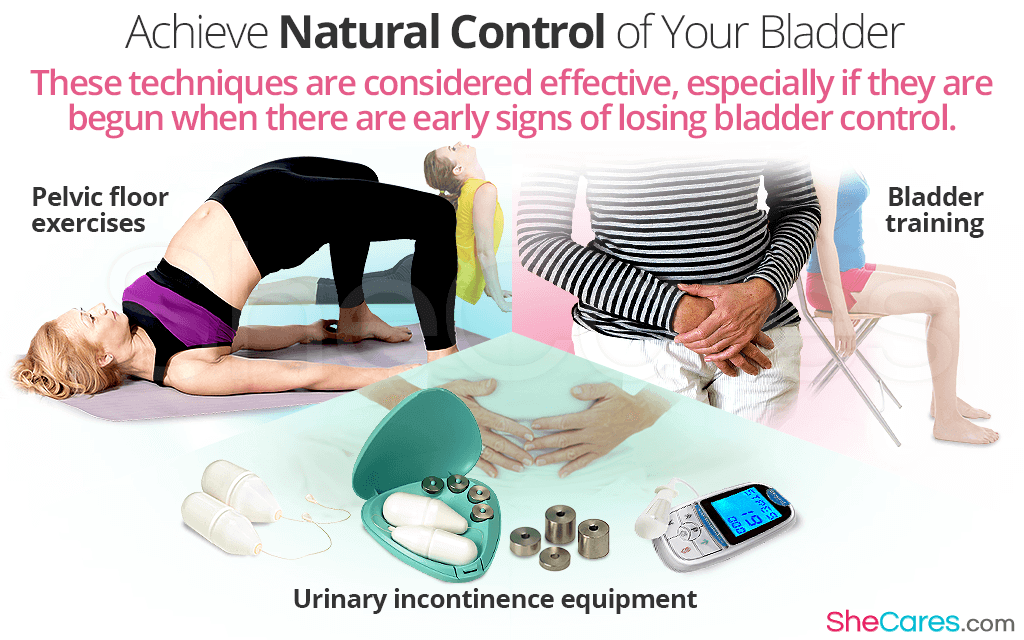If you are experiencing problems controlling your bladder, take comfort in the knowledge that you are not alone. It is estimated that over 32 million Americans suffer from incontinence, often to such a degree that it affects their day-to-day life. It can undoubtedly be inconvenient and cause embarrassment, but luckily, there are many options for treating or managing this condition. As well as medication and surgery, there are several natural methods that can be undertaken, which many people find to be successful in alleviating their bladder control issues.
Pelvic Floor Exercises
These are otherwise known as Kegel exercises, after the American gynecologist Dr. Kegel, who coined the strategy in 1948. They are a popular, simple method for supporting the pelvic floor muscles, which serve the uterus, bladder, small intestine, and rectum. They can be done at any time of day, as they merely involve identifying and contracting your pelvic muscles, and holding the contraction for a few seconds at a time. It is recommended that you hold the position for 5 – 10 seconds, and then release for the same length of time. Around three sets of 10 repetitions are suggested for effective muscle strengthening.
Bladder Training
This is sometimes suggested in conjunction with Kegel exercises, as the two techniques can complement each other. The idea is to train your bladder into stretching a little, so that it can comfortably hold a larger amount of liquid, thereby lowering the frequency with which you need to urinate. Each time you feel the urge to void your bladder, it is recommended that you wait between two and five minutes before doing so. Staying still, crossing your legs, and distracting your mind may help you to do this. If this process is adhered to, over time you should find that the need to urinate arises only every three to four hours.
Urinary Incontinence Equipment
There are some implements available that can be used to support bladder control. Vaginal weights; for example, are weighted cones that can be inserted into the vagina while standing, which the woman must keep in place by contracting her pelvic floor muscles. There are also biofeedback devices, which are probes designed to record internal activity. A biofeedback probe should be inserted into the vagina or rectum while Kegel exercises are carried out. The apparatus will monitor the level of muscular contraction, allowing the user to see and measure the effectiveness of her bladder control.
These techniques are said to be considerably effective, especially if they are begun when there are early signs of losing bladder control. In addition to these exercises, it can be beneficial to make some changes to your diet. Some food and drink can aggravate the bladder – coffee and alcohol in particular are known to cause increased urination. There are several common foods which act as diuretics, which should also be avoided to some extent; these include asparagus, ginger, and parsley. Together, these natural techniques can help you regain bladder control and feel comfortable again.
